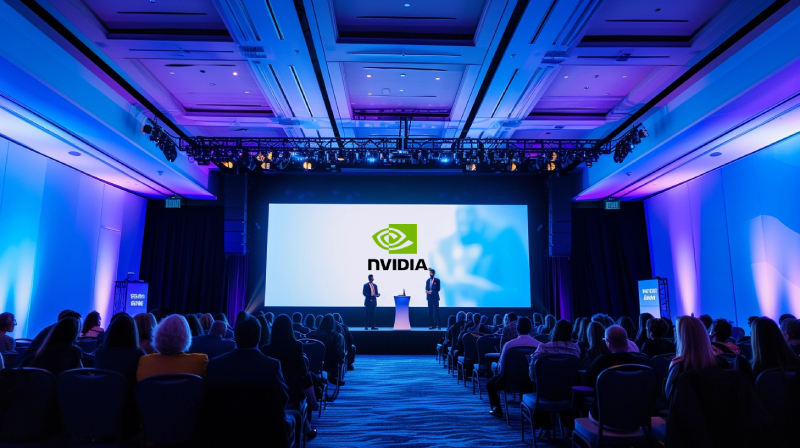Nvidia, a leading name in graphics processing units (GPUs), recently unveiled NVIDIA NIM (Neural Processing Unit Inference Microservice) at its GTC conference. This new software platform aims to streamline the process of deploying both custom-built and pre-trained artificial intelligence (AI) models into real-world applications.
Traditionally, deploying AI models into production environments can be a complex and time-consuming process. NIM tackles this challenge by combining several key functionalities:
- Optimized Inference Engine: Leverages Nvidia’s expertise in inference, the process of using a trained AI model to generate predictions on new data, to ensure efficient and high-performance execution of the model.
- Containerization: Packages the model along with the optimized inference engine into a container, a lightweight software unit that simplifies deployment and management across different computing environments.
- Microservice Architecture: Makes the deployed AI model accessible as a microservice, a self-contained service that can be easily integrated into larger applications.
This combination allows developers to focus on building and training their models while NIM handles the optimization and deployment aspects. NIM offers additional benefits:
- Broad Model Support: Supports models from various sources, including Nvidia itself, other AI companies, and even open-source repositories.
- Cloud-Native Compatibility: Designed to work seamlessly with major cloud platforms like Amazon SageMaker, Google Kubernetes Engine, and Microsoft Azure AI, allowing for flexible deployment options.
- Security and Compliance: Integrates with security features offered by cloud platforms and Nvidia AI Enterprise, ensuring the safe and secure handling of sensitive data used in AI models.
The arrival of NIM signifies Nvidia’s push to create a comprehensive AI ecosystem. By simplifying deployment and offering broad compatibility, NIM has the potential to accelerate the adoption of AI across various industries. This could lead to faster development and implementation of AI-powered applications in areas like healthcare, finance, and manufacturing.
However, it’s important to note that NIM is a relatively new offering, and its long-term impact on the AI development landscape remains to be seen. How effectively NIM addresses the challenges of real-world AI deployment and how developers receive and adopt this technology will be crucial factors in determining its success.











